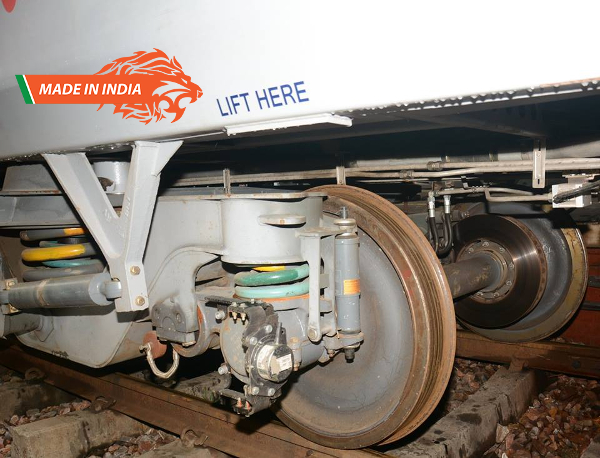Haunted by the Amritsar tragedy, Railways takes a cue from planes and begins installing powerful recording devices inside engines.
The Indian Railways is leapfrogging to the aviation industry’s trademark Black Box technology to record and store crucial data on activities inside engine cabins as well as on tracks.
The Railways has started installing eight high-calibre CCTV cameras in each engine cabin – six for audio/video recording inside and two to monitor tracks ahead with night vision technology.
All cameras are connected to a digital video recorder (DVR), quite like in an aircraft black box, installed at a safe place inside the engine. It will not be destroyed even in the severest of accidents, sources in the Indian Railways claimed.
This will help analyse circumstances surrounding accidents and the role of drivers, they said. The move follows the scathing criticism India’s biggest transporter faced over the last month’s train tragedy in Amritsar in which about 60 people were killed. Opposition parties alleged the driver didn’t slow down even when he saw Dussehra revellers spilling over to the tracks.
“Whenever a train accident occurs in our country, the first thing that comes to mind is – whether or not it could have been averted how the driver handled the situation. Therefore, the Ministry of Railways has decided to fill this gap and ensure surveillance in and outside of engine cabins to analyse reasons behind train accidents,” said Deepak Kumar, chief PRO, Northern Railway.
The surveillance will eliminate excuses of drivers and make them more accountable and alert during train operations, officials said. The DVR has the capacity to store audio and video recordings of 90 days. In the first phase, these cameras have been installed in three newly-built engines that have the capacity to run at 200 kmph.
These engines have been built in Kolkata and were commissioned a couple of days ago. “They are currently stationed in Ghaziabad and will soon be attached to prestigious trains such as Gatiman, Rajdhani and Shatabdi Express,” Kumar said. High-speed trains currently have engines that can run at a maximum speed of 160 kmph and are commissioned with Gatiman, Rajdhani and Shatabdi Express.
“With new engines, the Indian Railways enters a new phase. New engines will improve crew comfort and ensure better safety,” Kumar said. The Railways, largely built during colonial rule, does not have a great safety record after decades of underinvestment in safety infrastructure – as the priority has remained more on keeping fares low for the 23 million passengers who use the network daily.
Source: IT
Image Courtesy:Railanalysis.in
You may also like
-
Trade Connect E-platform For Exports Is Single Window, Fast, Accessible And Transformational: Shri Piyush Goyal
-
Dot Simplifies Approval Processes For Telecom Licenses And Wireless Equipment
-
Coal Production and Supply Trends on Positive Trajectory
-
Union Minister To Release Booklets On Promotion Of Indigenous Species & Conservation Of States Fishes
-
2nd India-Japan Finance Dialogue held in Tokyo on 6th September, 2024
